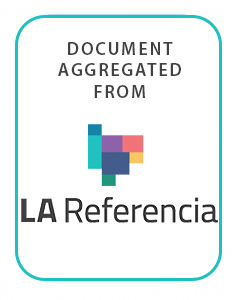A user guide to Tanzania Africa research in sustainable intensification for the next generation (Africa RISING) baseline evaluation survey data
The Tanzania Africa Research in Sustainable Intensification for the Next Generation (Africa RISING) Baseline Evaluation Survey (TARBES) was implemented during February-April 2014 as part of the International Food Policy Research Institute’s Monitoring and Evaluation (M&E) of Africa RISING. The Africa RISING program aims to create—through action research and development partnerships—opportunities for smallholder farmers in Africa south of the Sahara to sustainably intensify their farming systems and to improve their food, nutrition, and income security.












